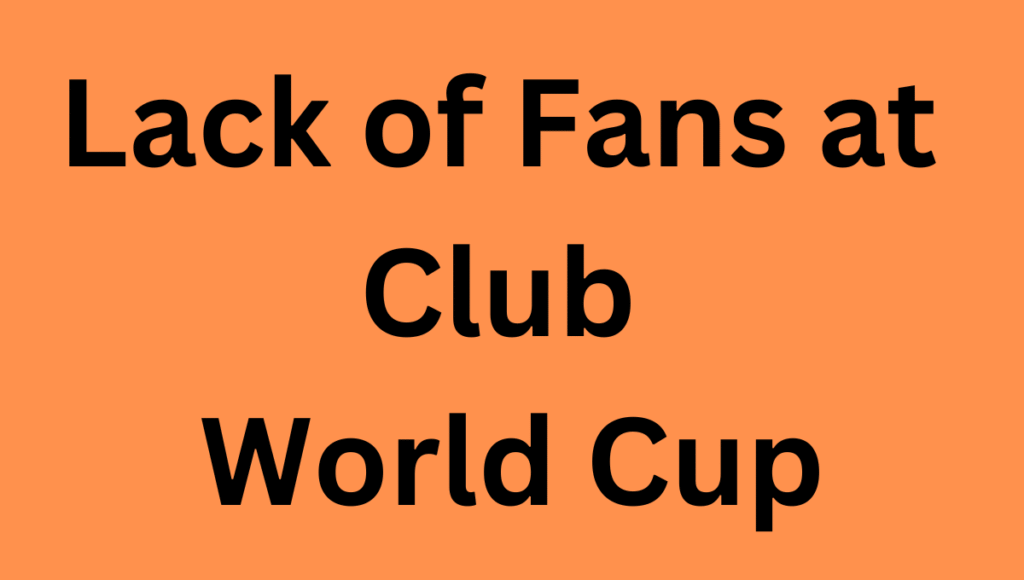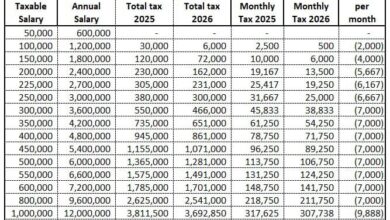Lack of Fans at Club World Cup
Contents
Lack of Fans at Club World Cup: A Strange Atmosphere
The 2025 FIFA Club World Cup, hosted across 12 cities in the United States, was anticipated to be a landmark event in global football. With an expanded format featuring 32 teams, FIFA aimed to elevate the tournament’s prestige and draw massive crowds. However, the event has been marked by unexpectedly low attendance, creating what Chelsea manager Enzo Maresca described as a “strange” atmosphere during their 2-0 win over LAFC at Mercedes-Benz Stadium. This article explores the reasons behind the lack of fans, its impact on the tournament, and the broader implications for FIFA’s ambitious plans.
Reasons for Low Attendance
Several factors have contributed to the sparse crowds at the 2025 Club World Cup:
- High Ticket Prices: Initially, ticket prices were set at premium rates, with some seats costing hundreds of dollars, far exceeding what many fans, especially in non-European markets, could afford. Despite price slashes—general admission dropped to $51 for some matches and as low as $4 for students in Miami—the late reductions failed to boost attendance significantly.
- Scheduling Conflicts: Many matches, such as PSG vs. Atlético Madrid at the Rose Bowl, were scheduled for weekday afternoons, clashing with work hours and exposing fans to extreme summer heat, reaching 31°C (88°F) in some venues. This deterred attendance, particularly for local fans.
- Lack of Fan Engagement: The tournament struggles to capture the imagination of fans, especially in Europe, where it is often viewed as a glorified pre-season event. South American clubs take it more seriously, but their fans are fewer in the U.S. compared to local or European fanbases.
- Political and Social Concerns: Reports of U.S. Immigration and Customs Enforcement (ICE) presence at venues raised fears among some fans, particularly Latino and immigrant communities, leading to canceled plans and boycotts by supporter groups like Los De Siempre.
- Venue and Marketing Challenges: FIFA’s late securing of venues and sponsors limited promotional efforts. The tournament’s polycentric hosting across multiple U.S. cities diluted a cohesive fan experience, and high stadium rental fees prioritized profit over accessibility.
Impact on the Tournament
The low attendance has significantly affected the Club World Cup’s atmosphere and perception:
- Subdued Atmosphere: Sparse crowds, with some sections of Mercedes-Benz Stadium hosting fewer than 100 fans, created a lackluster environment. For instance, Chelsea’s match drew only 22,137 fans in a 71,000-capacity stadium, far below Atlanta United’s MLS average of nearly 47,000.
- Television Optics: FIFA has resorted to moving fans to face TV cameras to mask empty seats, a strategy described as standard but indicative of the tournament’s struggles. This has raised questions about the event’s global appeal.
- Player and Team Morale: Players, accustomed to packed stadiums, have noted the “strange” vibe. Maresca’s comments reflect a broader sentiment that the lack of crowd energy impacts the competitive feel of matches.
- Financial Implications: Despite a projected $119.54 million in ticket revenue based on average stadium capacities, the actual turnout suggests FIFA may fall short of financial goals, potentially affecting prize money distribution to clubs.
Attendance Data Across Key Matches
| Match | Venue | Capacity | Attendance | Percentage Full |
|---|---|---|---|---|
| Chelsea vs. LAFC | Mercedes-Benz Stadium | 71,000 | 22,137 | 31.2% |
| Inter Miami vs. Al Ahly | Hard Rock Stadium | 65,000 | ~40,000 | ~61.5% |
| PSG vs. Atlético Madrid | Rose Bowl | 90,000 | 81,000 | 90% |
| Bayern Munich vs. Auckland City | Hard Rock Stadium | 65,000 | ~30,000 | ~46.2% |
Note: Attendance figures for Inter Miami and Bayern Munich are estimates based on reports of “tens of thousands” of unsold seats.
Fan and Expert Reactions
Fans and analysts have voiced strong opinions on the tournament’s struggles:
- Social Media Sentiment: Posts on X highlight widespread disappointment, with users like @karan_tejwani26 calling the event a “failure” and predicting worse outcomes for the 2026 World Cup. Others, like @J_AllenWriting, point to empty seats tarnishing FIFA’s legacy.
- Fan Boycotts: U.S.-based supporters, particularly of South American clubs like Flamengo, canceled travel plans due to safety concerns over ICE presence, reflecting broader political tensions.
- Expert Critique: The Athletic and OneFootball note that the tournament feels like a “pre-season” event to many European fans, while FIFA’s focus on revenue over fan engagement has alienated audiences.
FAQs
Why are there so few fans at the 2025 Club World Cup?
High ticket prices, inconvenient match timings, fears of ICE presence, and a lack of fan engagement, particularly among European supporters, have led to low attendance.
What has FIFA done to address the empty seats?
FIFA has slashed ticket prices, offered free tickets to students, and moved fans to camera-facing seats to improve the visual appeal on broadcasts.
How does low attendance affect the players?
Players, like Chelsea’s Enzo Maresca, have described the atmosphere as “strange,” potentially impacting morale and the competitive intensity of matches.
Will this affect the 2026 World Cup?
The Club World Cup serves as a test event for 2026. Persistent issues like high prices and poor fan experiences could raise concerns about the World Cup’s success in the U.S.
Are there any matches with strong attendance?
Matches involving high-profile teams like PSG, Atlético Madrid, or those featuring Lionel Messi (Inter Miami) have drawn better crowds, though still not sell-outs.
Conclusion
The 2025 FIFA Club World Cup’s lack of fans has cast a shadow over what was meant to be a showcase of global club football. High ticket prices, poor scheduling, and external factors like political concerns have created a “strange” atmosphere, as noted by Enzo Maresca, undermining the tournament’s vibrancy. While FIFA’s efforts to mitigate the issue—through price cuts and seat adjustments—show some adaptability, they also highlight a disconnect with fans. As a test event for the 2026 World Cup, the Club World Cup’s struggles serve as a warning: prioritizing revenue over accessibility and engagement risks alienating the very audience football relies on. For the tournament to succeed in future editions, FIFA must address these challenges head-on, ensuring fans, not just finances, are at the heart of the event.







